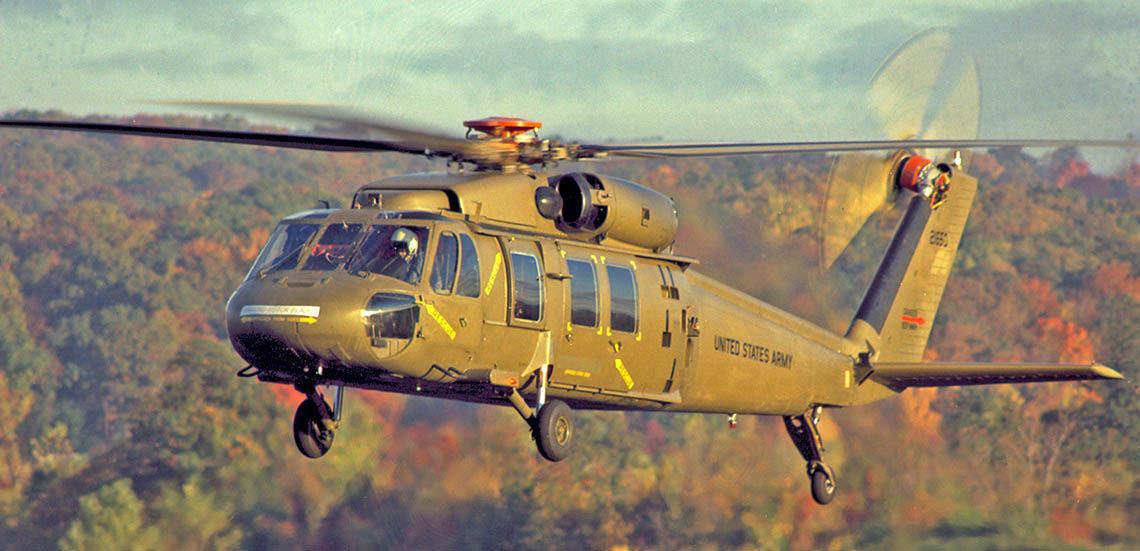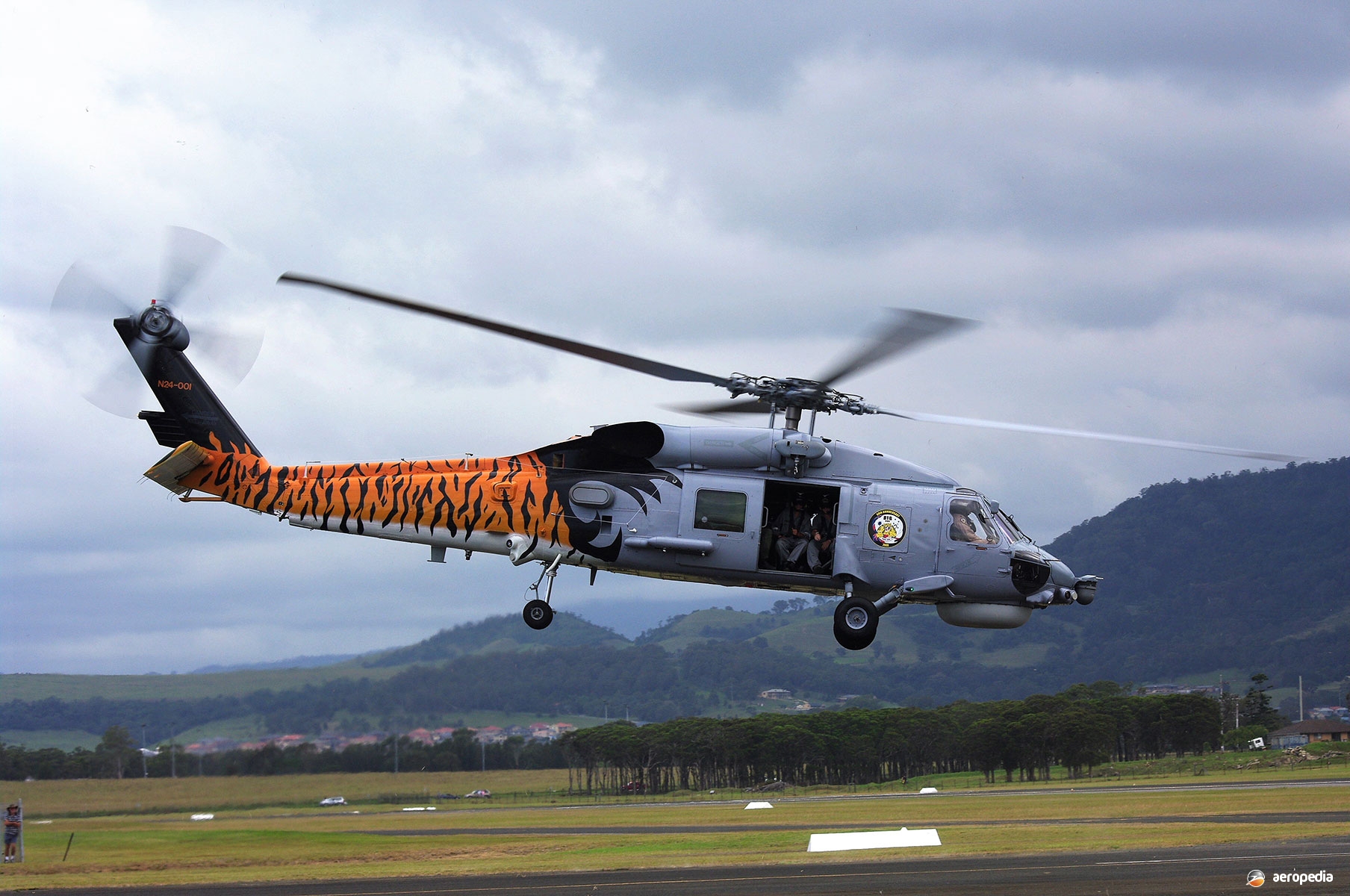How the Sikorsky S 70 Attracts Attention in the Helicopter Market
How the Sikorsky S 70 Attracts Attention in the Helicopter Market
Blog Article
High-Performance Multi-Role Rotorcraft Featuring Advanced Cabin Technologies and Integrated Sensor Solutions
The realm of rotorcraft innovation has actually seen notable advancements in current times, specifically in the realm of high-performance multi-role rotorcraft geared up with sophisticated cockpit innovations and perfectly incorporated sensing unit systems. These technologies have not only increased the operational abilities of rotorcraft but have actually additionally dramatically affected modern-day aeronautics procedures on different fronts. From enhanced mission versatility to enhanced functional efficiency, the convergence of innovative cockpit technologies and integrated sensor systems has ushered in a brand-new period of opportunities for rotorcraft applications. In the complying with discussion, we will discover the evolution of rotorcraft technology, look into the realm of sophisticated cabin technologies, and analyze the implications of integrated sensor systems on the functional adaptability and effectiveness of modern rotorcraft.
Evolution of Rotorcraft Innovation
The development of rotorcraft modern technology has been noted by considerable innovations in aerodynamics, materials, and propulsion systems, shaping the abilities and efficiency of modern-day rotorcraft. Aerodynamic renovations have actually improved the efficiency and maneuverability of rotorcraft, permitting enhanced rate, agility, and stability during trip (sikorsky s 70). Developments in products, such as making use of composite materials and advanced alloys, have caused lighter yet more powerful rotorcraft structures, enhancing overall performance and longevity. In addition, innovations in propulsion systems, consisting of more powerful engines and cutting-edge propulsion modern technologies, have actually allowed rotorcraft to accomplish higher altitudes, faster speeds, and greater payloads.
These innovations have not just transformed the abilities of rotorcraft however have also expanded their applications across various industries, including army, commercial, and emergency services. The continuous evolution of rotorcraft technology remains to drive advancement in the area, pushing the boundaries of what is possible and shaping the future of upright flight.
Advanced Cockpit Innovations
Structure upon the foundational innovations in aerodynamics, products, and propulsion systems, the realm of rotorcraft innovation currently moves emphasis in the direction of introducing Advanced Cabin Innovations. The combination of innovative innovations within the cabin atmosphere plays a critical duty in boosting the functional capacities, safety, and performance of modern rotorcraft. sikorsky s 70. Advanced Cockpit Innovations incorporate a wide variety of features developed to give pilots with improved situational recognition, streamlined information administration, and intuitive control interfaces
Among the vital innovations in cabin design is the implementation of glass cockpits, which change standard analog gauges with high-resolution displays. These electronic systems provide customizable layouts, real-time data assimilation, and boosted readability, allowing pilots to gain access to essential information at a glance. Additionally, advanced avionics systems, such as fly-by-wire controls and augmented reality displays, are revolutionizing how pilots engage with the aircraft, enabling precise control and enhanced decision-making capacities.


Integrating innovative cabin innovations not just boosts pilot performance but likewise adds to overall mission performance and safety and security in complex functional atmospheres. By leveraging state-of-the-art innovations within the cockpit, rotorcraft suppliers are establishing brand-new standards for functional quality and mission success.
Integrated Sensing Unit Equipments
With the advancement of rotorcraft innovation, the assimilation of advanced Integrated Sensor Solution has become paramount in boosting functional efficiency and security. These Integrated Sensing unit Equipments include a large range of technologies that provide important information for various features such as navigation, surveillance, targeting, and ecological tracking. By flawlessly integrating sensors like radars, cameras, lidar, and infrared systems into rotorcraft, operators can take advantage of improved situational understanding, improved goal abilities, and minimized pilot work.
One key advantage of Integrated Sensing unit Solutions is their capacity to collect real-time information and give actionable insights to pilots and goal drivers. As an example, progressed radar systems can detect and track targets over fars away, enabling very early risk discovery and efficient response preparation. In addition, incorporating electro-optical and infrared cameras allows rotorcraft to perform reconnaissance and security goals with accuracy and accuracy.
Fundamentally, the combination of sophisticated sensing unit technologies right into rotorcraft not just improves functional efficiency however likewise contributes considerably to total goal success and staff security. As rotorcraft remain to evolve, the role of Integrated Sensor Solution will definitely continue to be at the center of innovation in the aerospace market.
Operational Versatility and Effectiveness
Enhancing functional adaptability and effectiveness in rotorcraft is a natural development from the assimilation of innovative Integrated Sensor Solutions. By leveraging the insights and data offered by these cutting-edge sensor systems, rotorcraft can optimize their performance throughout numerous objectives and environments.
Operational convenience encompasses the capability of rotorcraft to adjust to various roles and circumstances efficiently. With sophisticated cabin innovations and integrated sensor systems, rotorcraft can effortlessly shift in between jobs such as search and rescue, medical emptying, surveillance, and more. This flexibility enhances the rotorcraft's capability to satisfy diverse operational demands without needing extensive reconfiguration.
Effectiveness in rotorcraft operations is important for making the most of goal effectiveness and source usage. Integrated sensor systems play a pivotal duty in enhancing operational effectiveness by giving real-time data on weather, surface mapping, target tracking, and more. This data allows pilots to make informed choices promptly, maximize flight paths, conserve gas, and improve total mission performance.
Effect on Modern Aeronautics Operations
"/>
In addition, the assimilation of advanced sensing units promotes enhanced mission preparation and execution, this content allowing rotorcraft to perform a large range of tasks with enhanced accuracy. From search and rescue procedures to airborne firefighting and police objectives, the abilities of modern rotorcraft geared up with innovative cockpit innovations and incorporated sensor systems are unrivaled.
Moreover, the influence of these improvements prolongs past functional efficiency to cost-effectiveness and sustainability. By maximizing flight paths, fuel intake, and upkeep schedules, high-performance rotorcraft geared up with innovative cockpit modern technologies and sensing units contribute to minimizing operational prices and environmental impact, making them important assets in modern air travel operations.
Final Thought
In final thought, the high-performance multi-role rotorcraft with advanced cockpit modern technologies and incorporated sensing unit systems represents a considerable development in aviation technology. These advancements boost functional versatility and performance, eventually impacting modern aeronautics operations in a favorable means. The integration of these advanced technologies enables boosted capabilities and performance in numerous objective circumstances, showcasing the proceeded development of rotorcraft modern technology in the aviation industry.
The realm of rotorcraft technology has actually seen remarkable innovations in current times, particularly in the realm of high-performance multi-role rotorcraft equipped with advanced cockpit technologies and seamlessly incorporated sensing unit systems. From improved goal adaptability to improved operational effectiveness, the convergence of sophisticated cockpit modern technologies and incorporated sensing unit systems has ushered in a brand-new era of possibilities for rotorcraft applications. In the following conversation, we will certainly discover the development of rotorcraft technology, dig right into the world of advanced cockpit technologies, and take a look at the ramifications of integrated sensor systems on the functional convenience and performance Check Out Your URL of contemporary rotorcraft.

Report this page